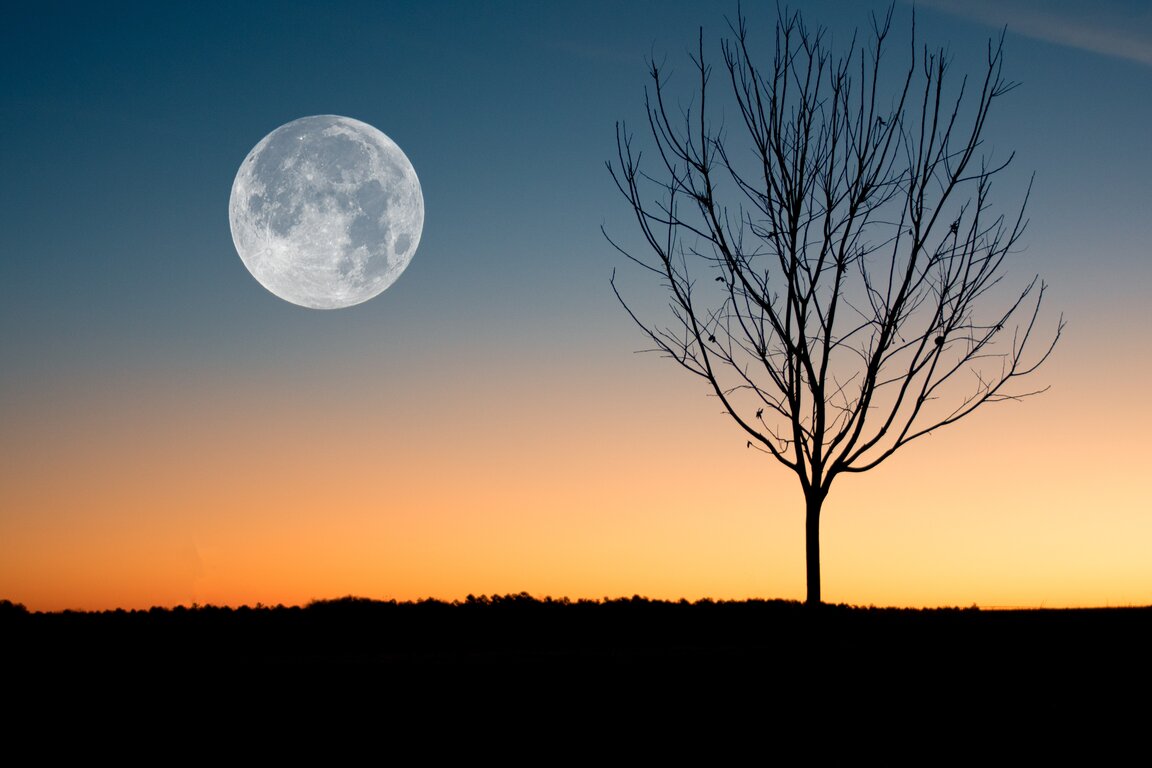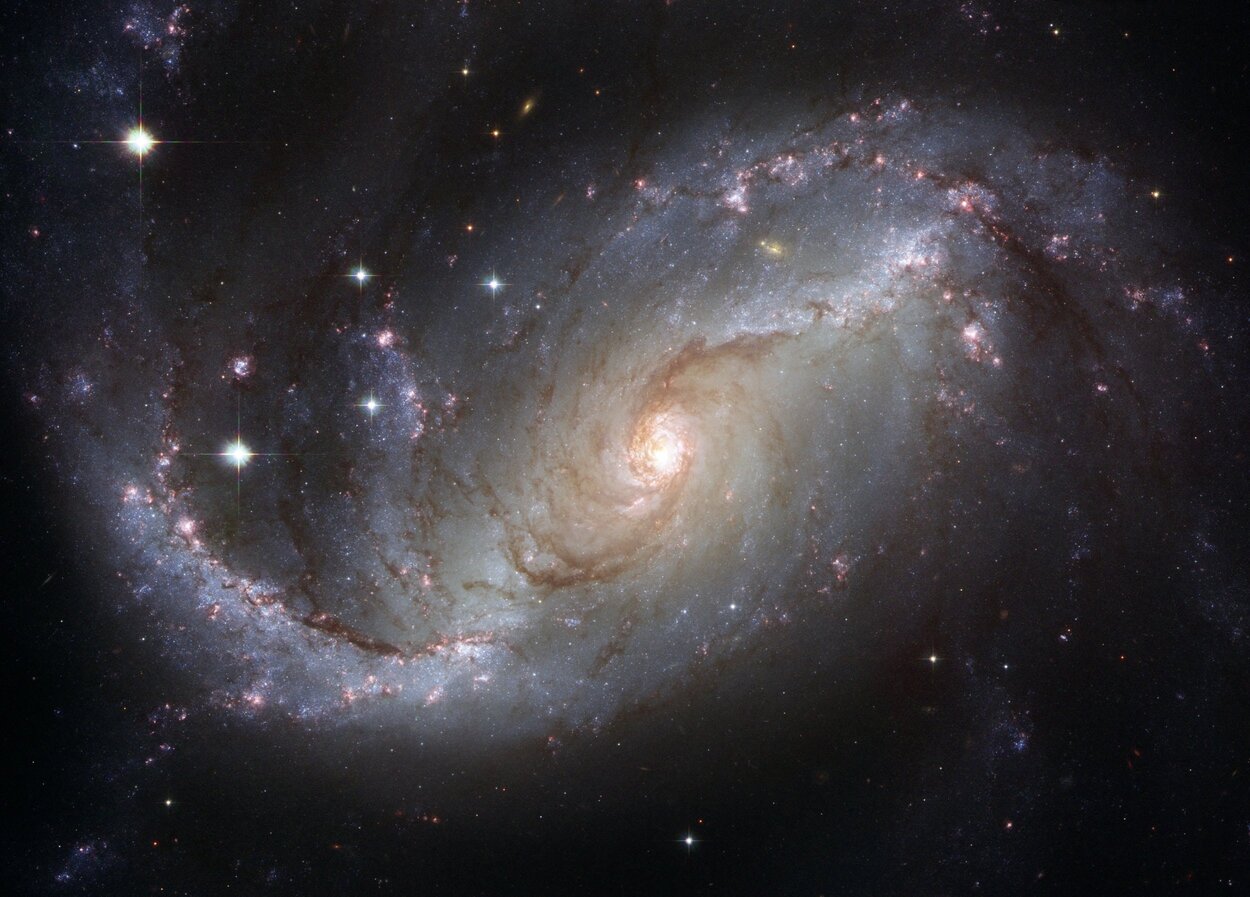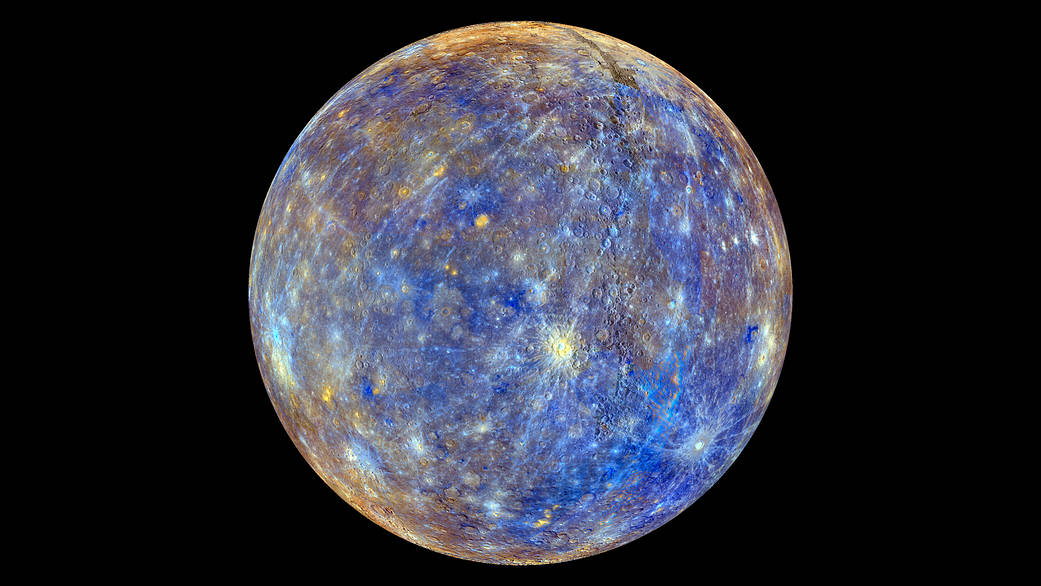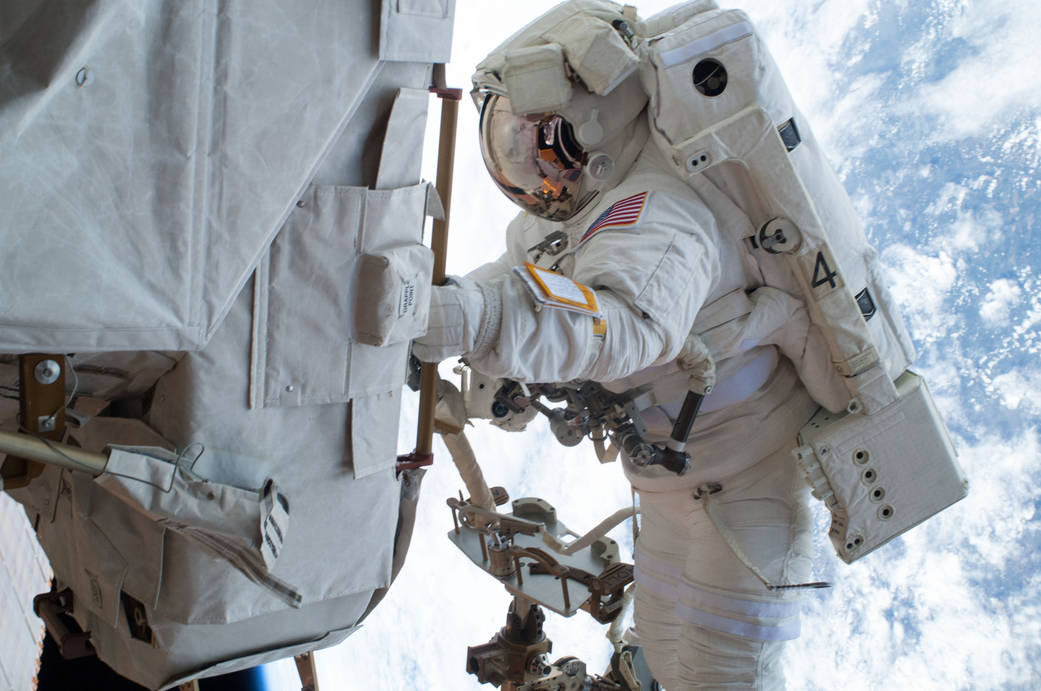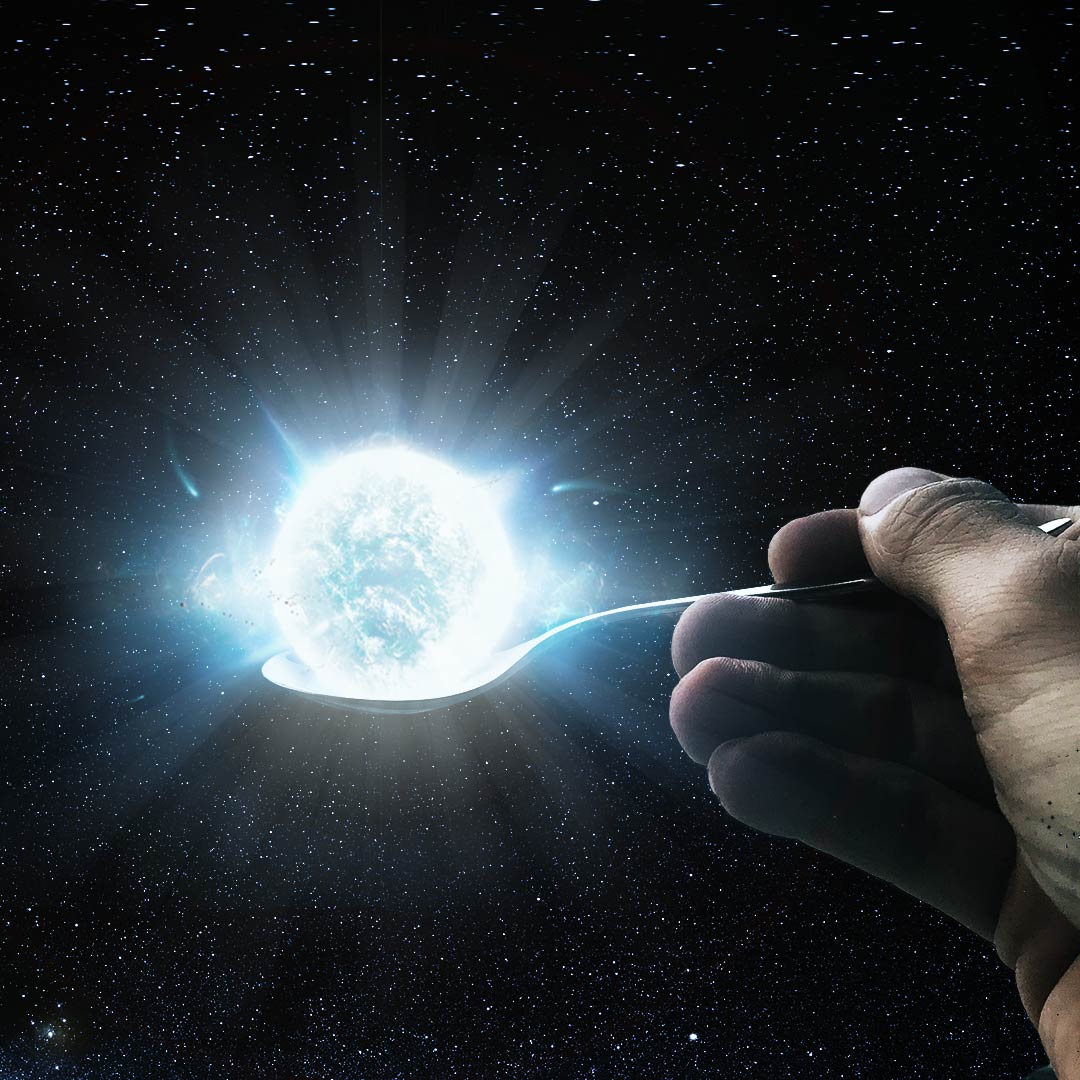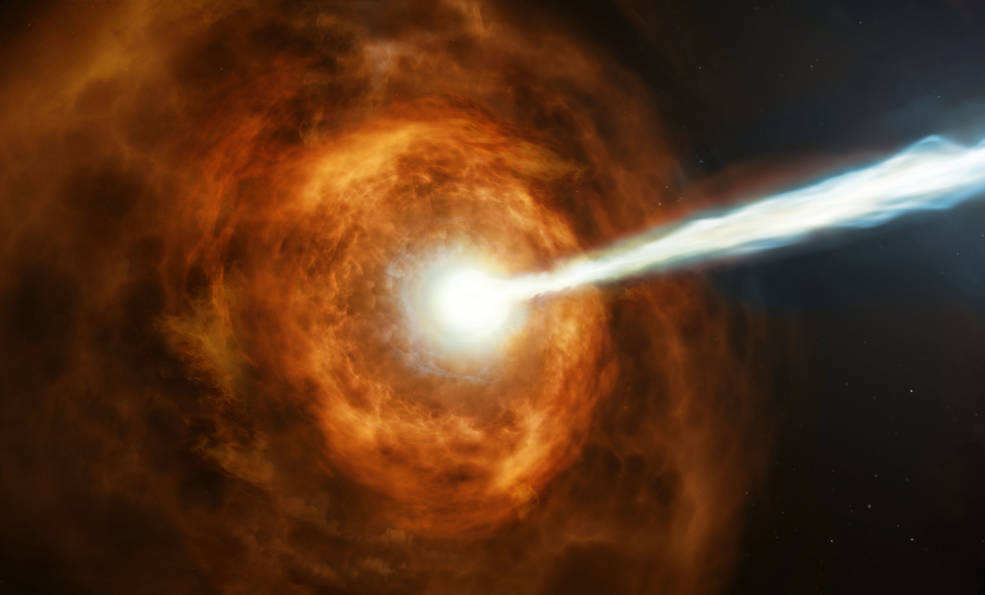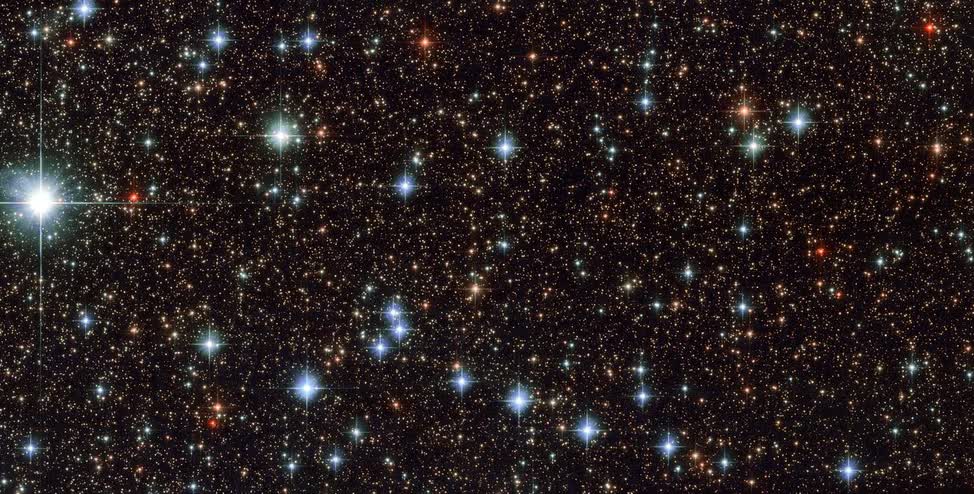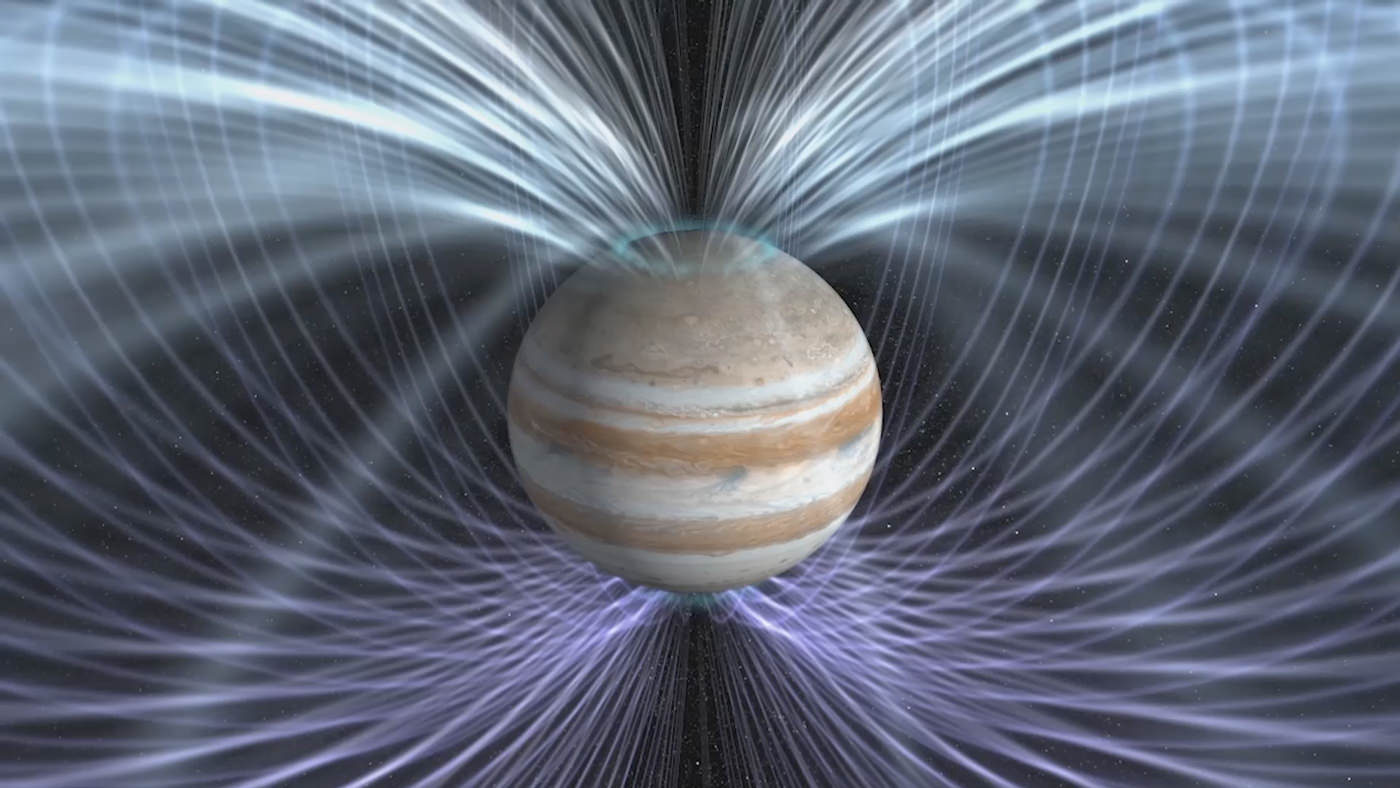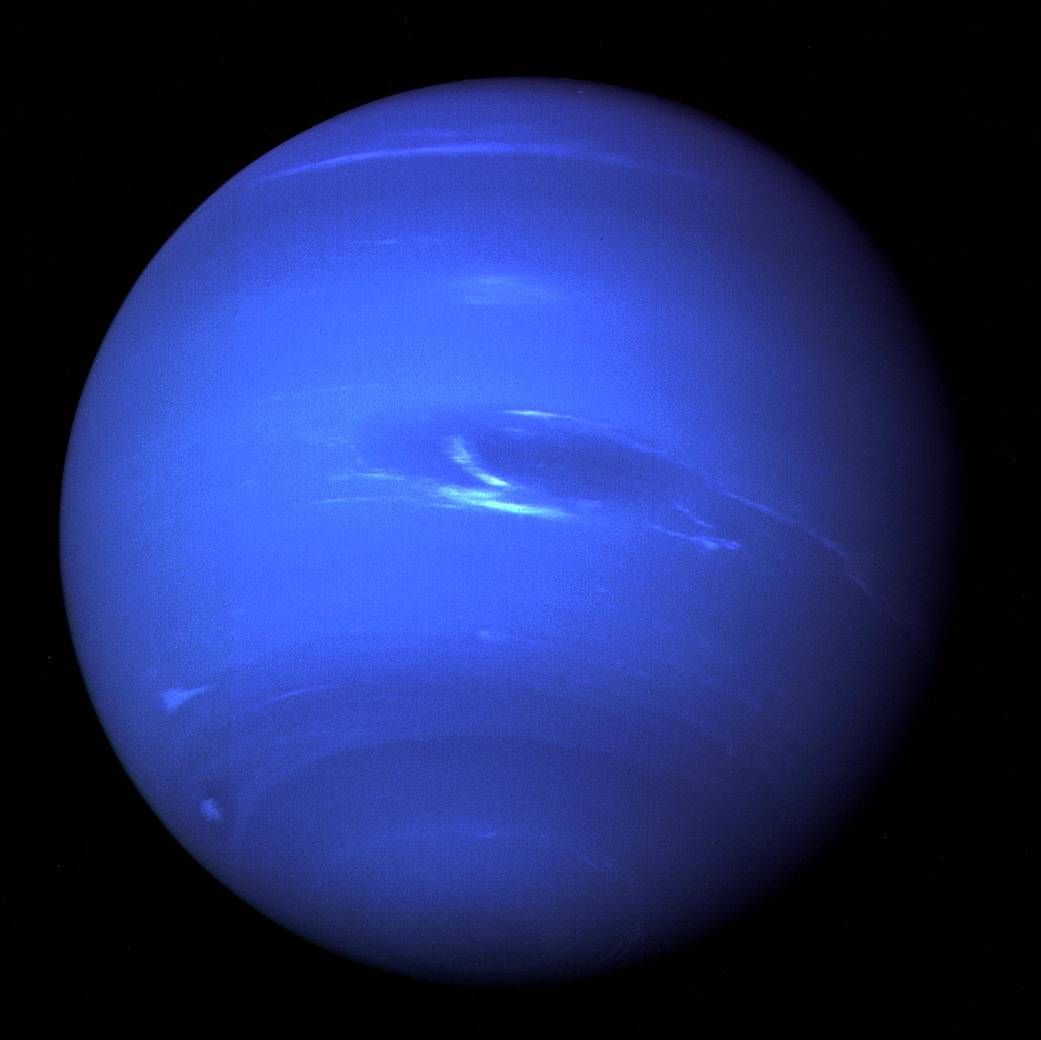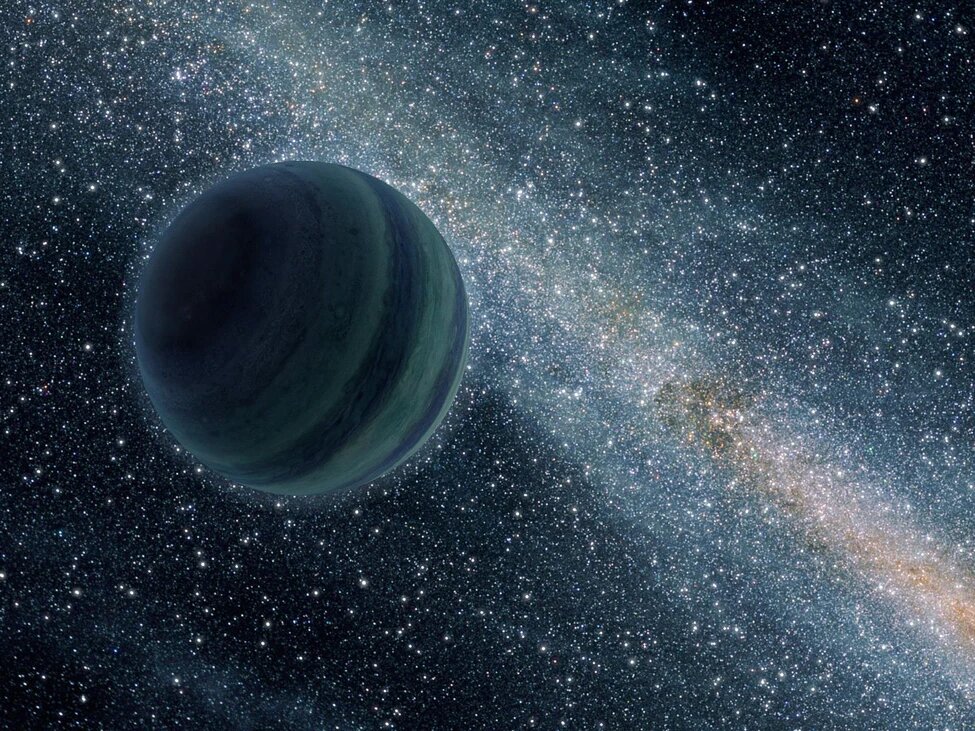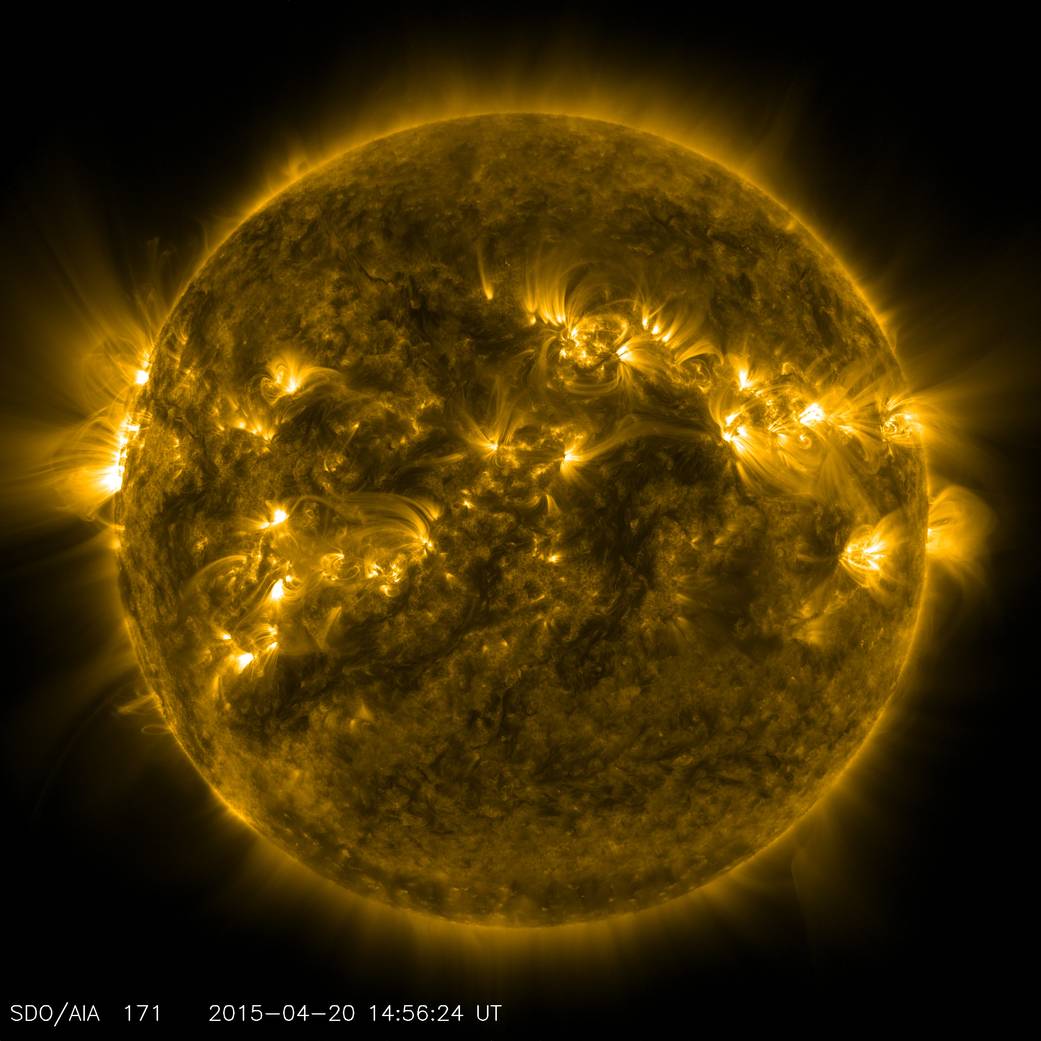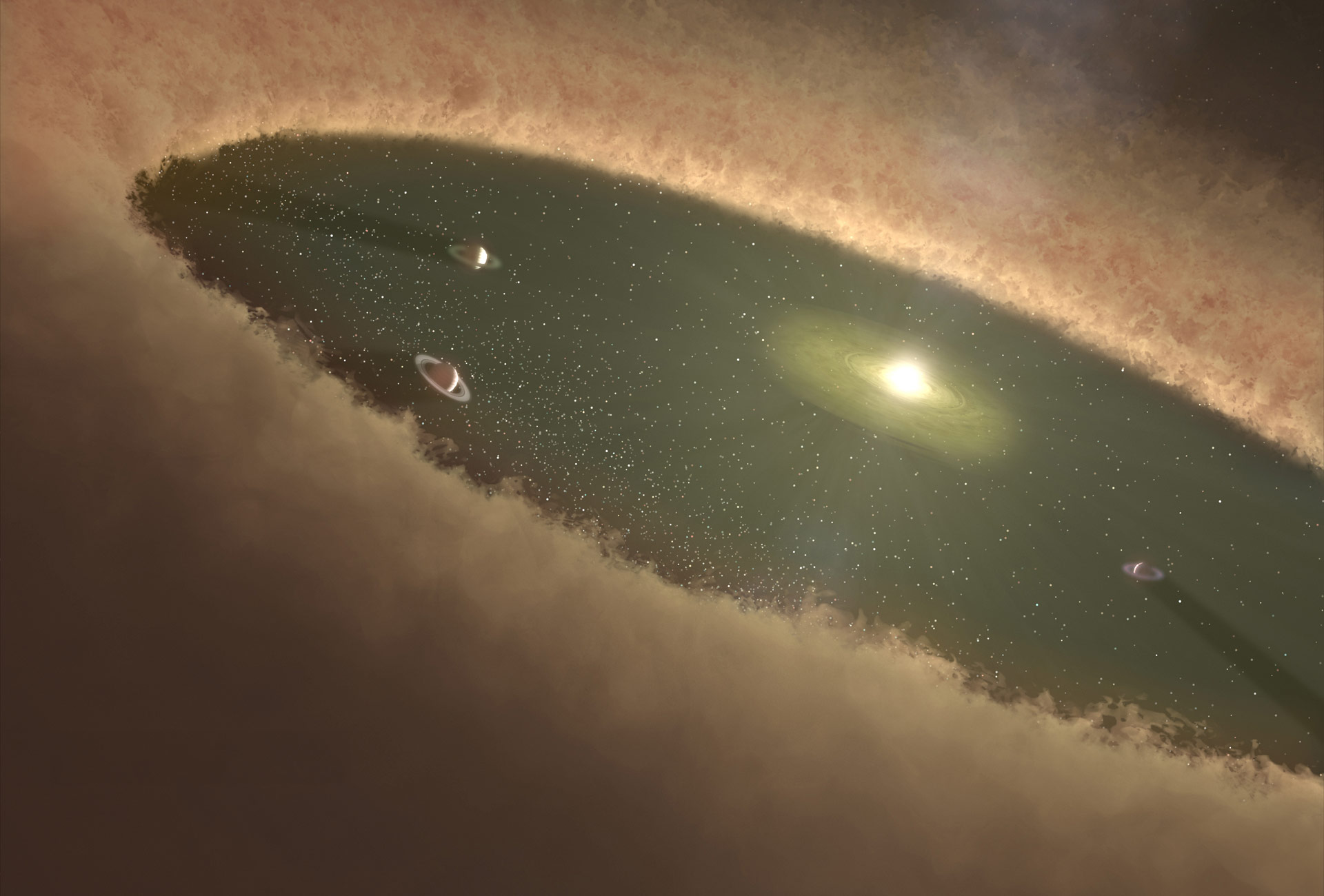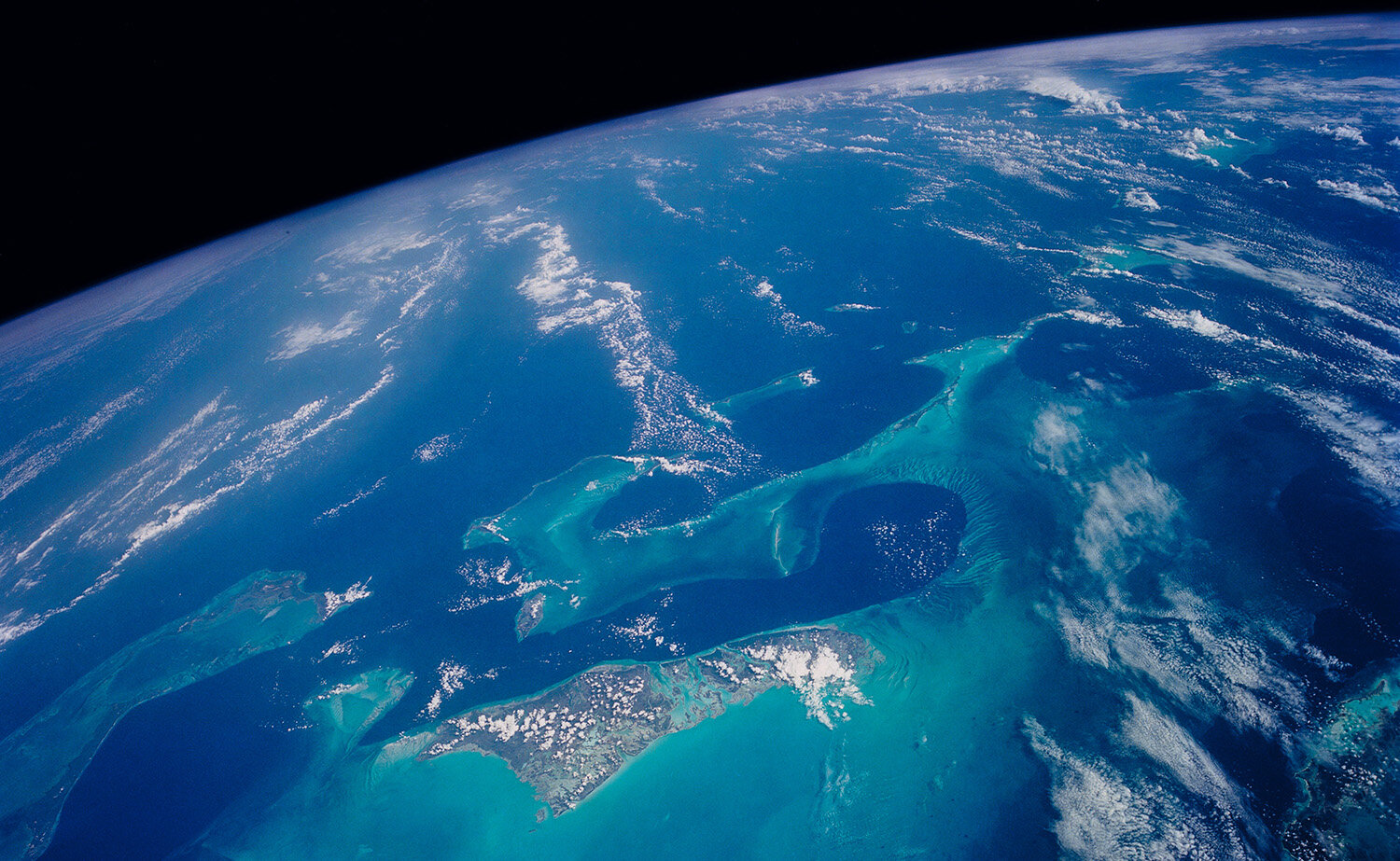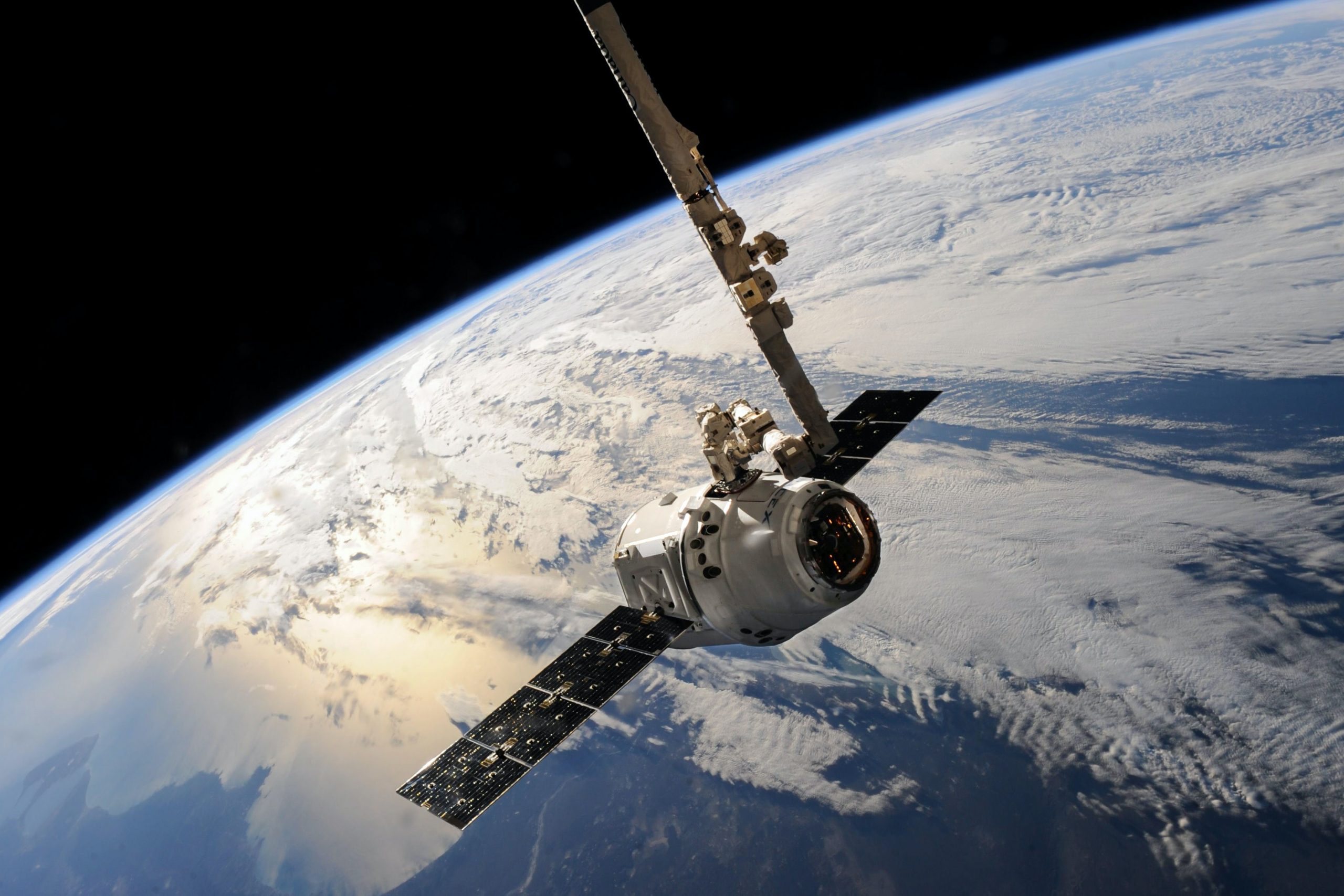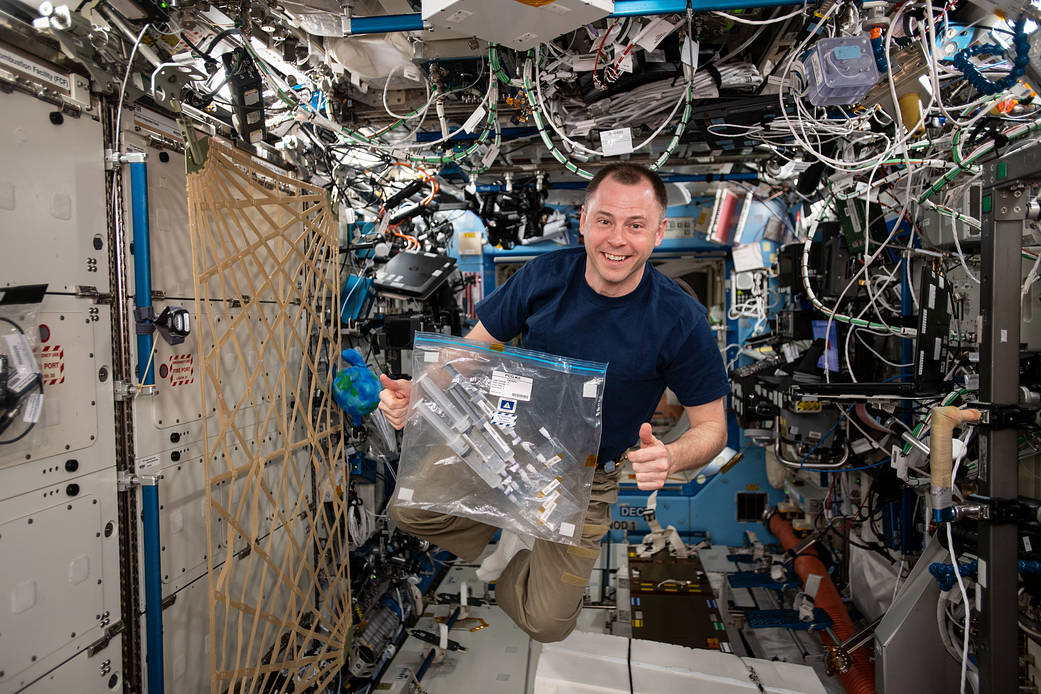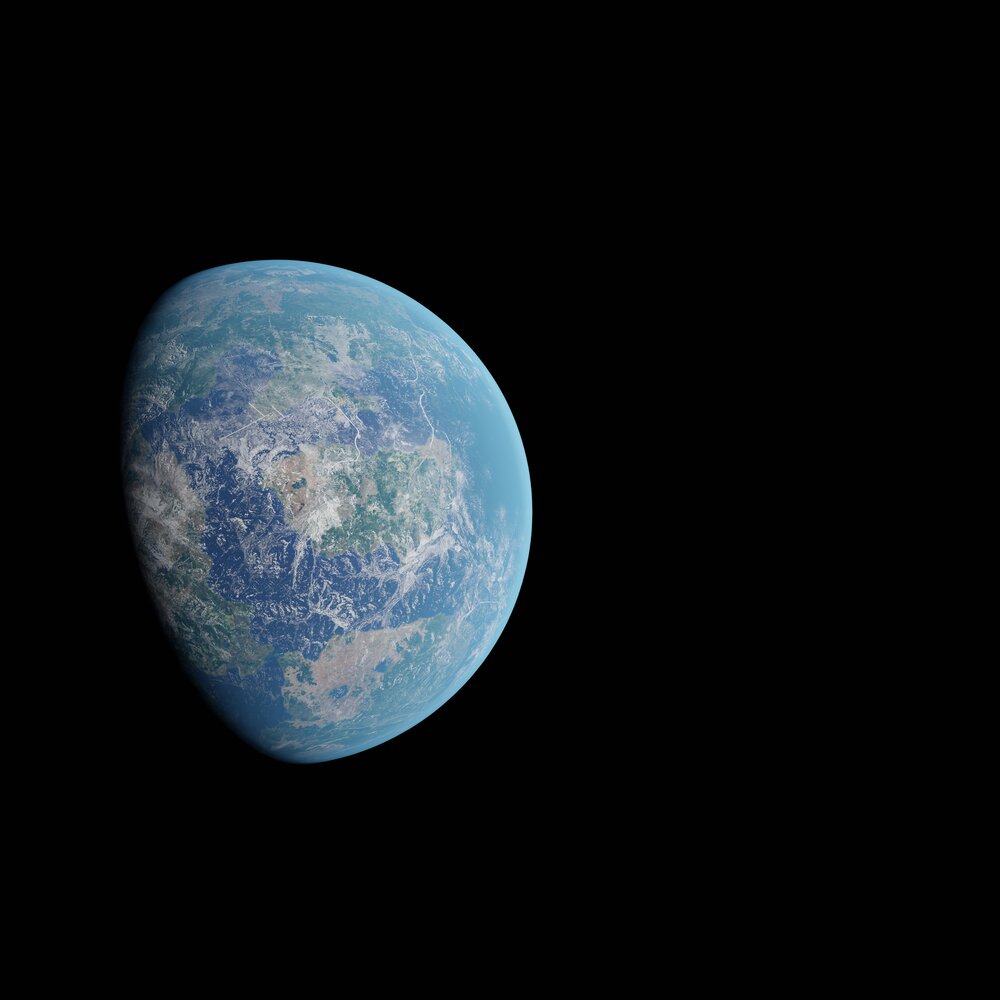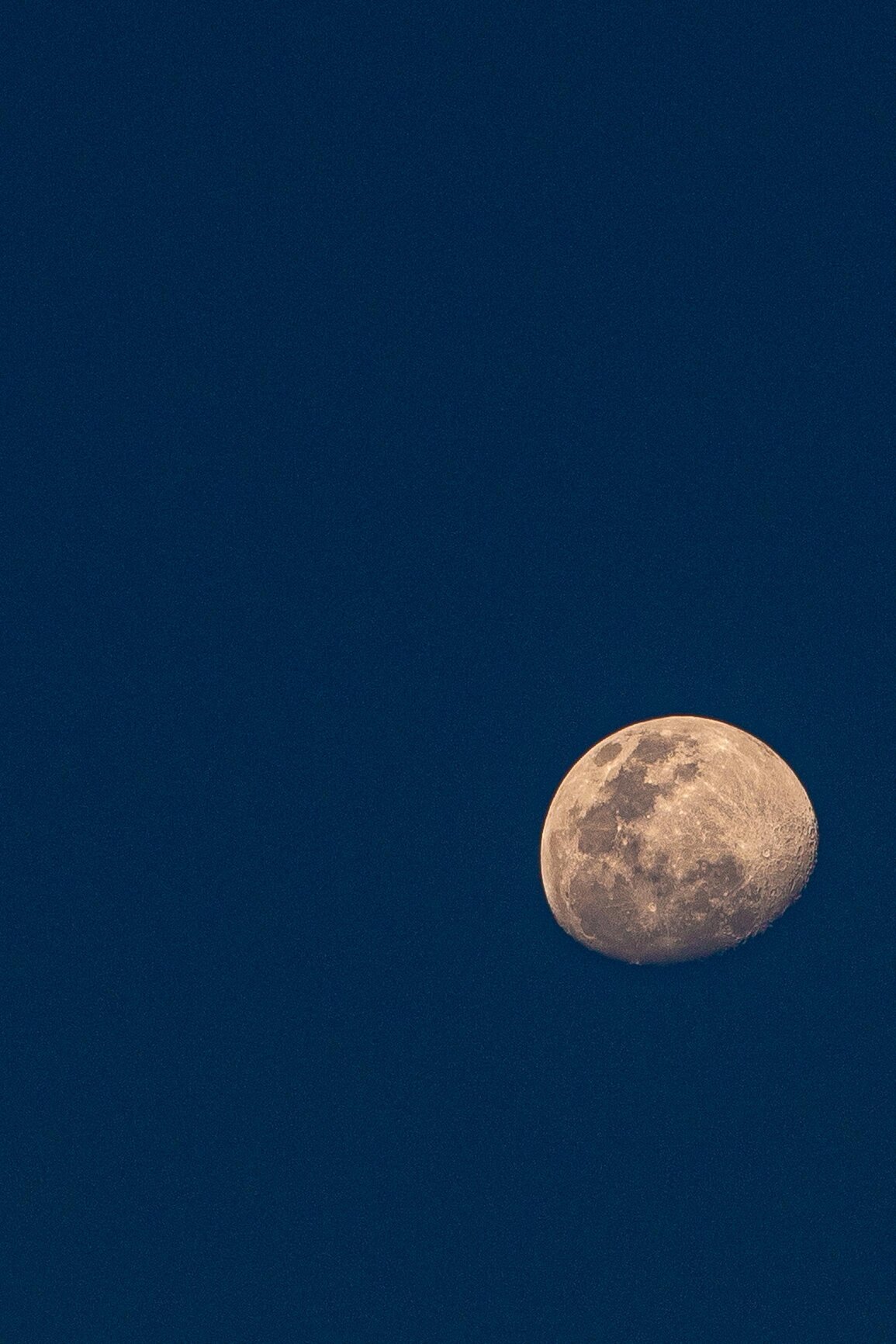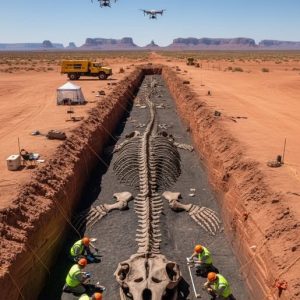Is the Moon round? Is there something more mysterious than a black hole? What mysterious things are happening in the vastness of space and the universe?
Space and the universe never cease to amaze us with the mysteries they hold. The following amazing facts will help you gain a new perspective on this vast universe.
1. The Shape of the Moon
Contrary to the round beauty that people often mistake when observing this satellite from Earth, the Moon is actually asymmetrical in shape and looks like a lemon (or egg).
2. The Milky Way has a smell and taste
In 2009, astronomers discovered a giant cloud of gas and dust at the center of the Milky Way filled with a chemical compound called ethyl formate. Interestingly, ethyl formate smells like rum and is the ingredient that gives raspberries their flavor.
3. A day on Mercury is 2 years long
Mercury rotates very slowly on its axis, taking about 59 Earth days, but it orbits the Sun quite quickly, meaning a year on Mercury is only 88 Earth days.
However, because Mercury has a large eccentricity in its orbit and rotates in the same direction as the Sun, it takes about 176 Earth days to complete one day and night (from sunrise to sunset). If each rotation of Mercury around the Sun is 1 year (like Earth), then 1 day on this planet is equivalent to 2 years on Mercury.
4. You can still survive in space if your spacesuit leaks.
Contrary to the hype of science fiction movies that claim you’ll explode or freeze to death instantly if you’re exposed to outer space without a protective suit, you can actually survive for a few minutes, although it won’t be a pleasant experience.
Specifically, within 10 seconds, you are still conscious because the body will use the oxygen reserves in the blood. After 10 seconds, the skin and underlying tissues begin to swell because the water in the body gradually evaporates in an environment where the atmospheric pressure is almost zero. Within one to two minutes, the lack of oxygen signals the approach of death. The rapid drop in pressure causes the lungs, eardrums, sinuses, and soft tissues to begin to turn purple and bleed.
5. A teaspoon of neutron star matter weighs as much as the world’s population.
A neutron star is one of several possible end-states of stellar evolution, formed from the remains of a massive star collapsing. Because it is made entirely of neutrons packed into such a small radius, a single teaspoon of this star’s material would weigh as much as the entire population of the world. And to create something as dense as a neutron star, the entire human race would need to fit into a small square of sugar.
6. Energy from gamma ray bursts
Nothing in the universe can match the power of a gamma-ray burst. What’s more, these super-bright flashes can release as much energy in just 10 seconds as the Sun does in its entire lifetime.
Scientists believe gamma-ray bursts can be produced when black holes are created, when massive stars explode, or when two neutron stars merge.
7. There are many stars we cannot see.
Since the Big Bang, most objects in space have been moving away from each other. In fact, the expansion of the universe is accelerating.
As regions of space move farther and farther apart at ever-increasing speeds, the first stars that formed in the universe are no longer within our sight, even with the best telescopes of today or tomorrow.
Still, we can hope to see them one day, through gamma-ray bursts at the end of a star’s life.
8. White holes
On April 10, 2019, the world was amazed by the image of a black hole – a mystery that has fascinated humanity for centuries, finally revealed through a photo taken by the EHT (Event Horizon Telescope). However, the “brother” of the black hole – the white hole, is still a big mystery for scientists.
If a black hole is a region with a gravitational field so strong that nothing can escape, then a white hole does not allow anything to enter it.
Until now, white holes have been purely hypothetical for astronomers.
9. Jupiter’s magnetosphere is huge
The magnetosphere is the region of space surrounding a planet that is affected by the planet’s magnetic field. Jupiter’s magnetosphere is much larger than the Moon’s when viewed from Earth, even though Jupiter is 1,500 times farther away. The interaction of the magnetosphere and the solar wind creates dangerous radiation belts that can damage anything that comes close to the planet. Fortunately, Earth is not near Jupiter!
10. Neptune has only completed one trip around the Sun.
Neptune takes 165 Earth years to complete one full orbit around the Sun. Between 1845 and 2011, the planet finally completed its first trip around the Sun.
Meanwhile, the demoted planet Pluto has not even come close to completing its 248-year orbit since its discovery in 1930.
11. “Homeless” planets wandering in the universe
Not all planets form and orbit a single star. In fact, astronomers estimate that there may be more than 200 billion planets floating freely in space, and they may be passing through our Galaxy.
12. The Sun loses 1 billion kilograms of mass every second
The solar wind (a stream of charged particles emitted from the Sun) causes the star to lose a significant amount of mass, about 1 billion kilograms per second. However, compared to the Sun’s enormous mass, it can still live for about 5 billion more years.
13. Not every star is alone
The Sun is only one of a small number of single stars. More than half of the Sun-like stars in the galaxy are part of multiple star systems, which consist of stars orbiting around a common center of mass, such as binary or triple star systems.
14. Water found in space
Earth may not be the only place with water. The largest amount of water ever found surrounding a black hole is 140 trillion times the volume of water in Earth’s oceans. However, that black hole is about 12 billion light years away.
In addition, scientists believe that three of Jupiter’s moons (Europa, Ganymede and Callisto) and two of Saturn’s moons (Enceladus and Titan) may have water. Among them, Europa’s ocean could contain twice the amount of water found on our planet.
15. The International Space Station (ISS) is falling
The International Space Station is only 200 to 250 miles above Earth, meaning it is still subject to gravity. However, the ISS does not crash into our planet’s surface because it is falling at the same rate as it is moving around Earth, meaning the space station is sliding along the curve of our planet. This is also why astronauts float as if there is no gravity inside the station.
16. A day on Earth is getting longer and longer
The Earth’s rotation speed is slowing down every year. However, the change is very small, averaging half a second slower per year and 0.0015 seconds per day.
17. The Moon is moving away from the Earth
The Moon is moving away from our planet by 3.8cm every year. According to the hypothesis, it will continue to increase the distance until it is no longer a satellite of the Earth. This will have many consequences such as weather changes, temperature differences…
18. The heat from the Big Bang is still present.
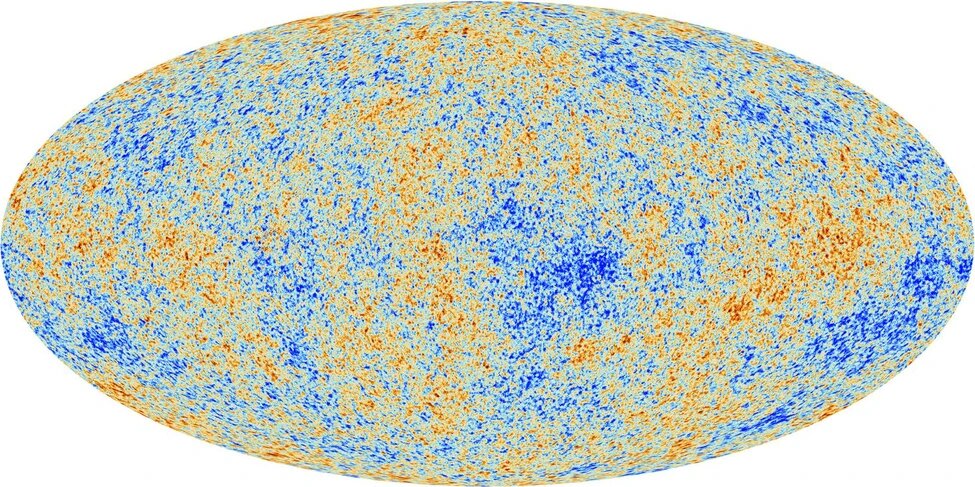
The image shows the cosmic microwave background (CMB) radiation – the heat from the Big Bang, still lingering on our Earth (Image: ESA and The Planck Collaboration).
About 380,000 years after the Big Bang, the radiation left over from the birth of the universe is still with us today, and is called the cosmic microwave background (CMB). It is also the greatest evidence for the Big Bang model of the universe.

